18th Century Rococo Fashion: A close look at the reference periods of fashion, which is in a continuous cycle of development, change and turning back. Our fourth stop is the 18th century, which is remembered with Rococo fashion.
Fashion refers to currently popular clothing styles. It always develops and changes and returns to the top. Every style and trend in fashion is recalled from an absolute time or era. That is why it is very important and valuable to have an idea about the history of this evolution. Read more about Rococo fashion.
As you get an idea of a person, you also learn his style. While reading the history of humanity, it is inevitable to take a look at the history of fashion.
In this article series, we will take a closer look at the periods used by fashion as a reference. Enjoy reading.
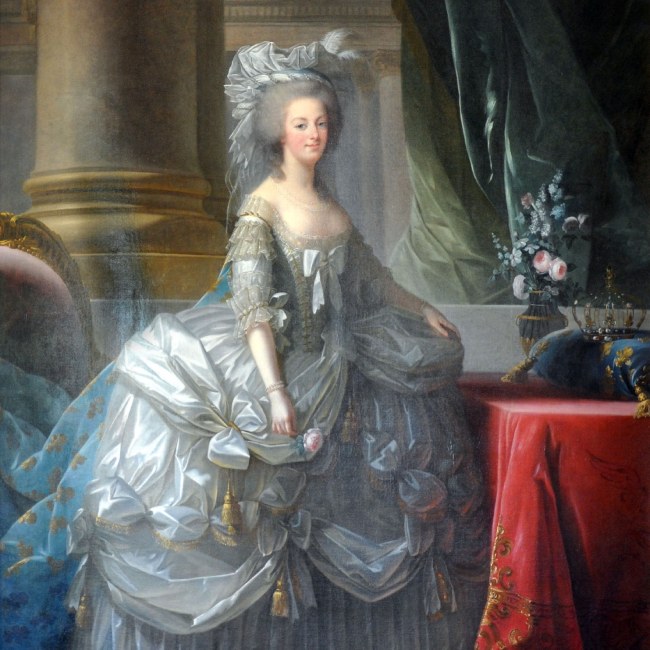
In the last period of the 1700-1720s or XIV Louis, fashion is referred to as transitional fashion. This new style is defined as lighter in form, freer in lines, and appealing to arabesque, grotesque and flamboyant references in its design.
XIV. Under Louis, the mighty French court of Versailles dictated fashion: majestic, expensive and wealthy. Yet citizens began to imitate the latest fashion at the limit of possibilities. Paris was now the center of haute couture, trends were dressed up on dolls and sent all over Europe. As the king grew older and religious, fashion became more relaxed. Continue reading to discover more about Rococo fashion.
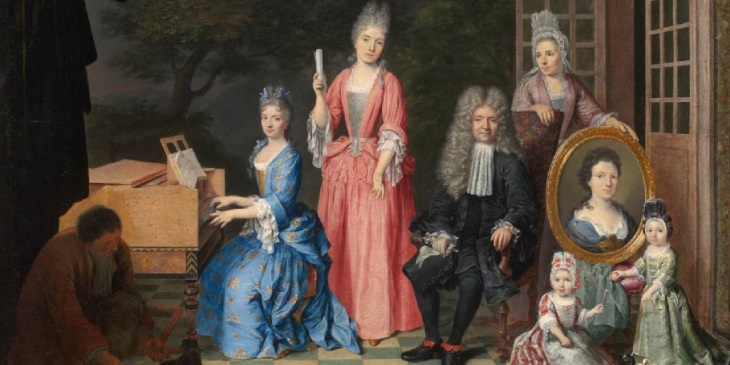
As younger individuals rose in the new financial and commercial sectors, individualization in fabrics and colors began to appear. Described as early Rococo, this Kingdom style saw rich Baroque designs replaced by lighter materials with more curves and more natural patterns. The most prominent forms of these elements have become most prominent in Nicolas Pineau’s architectural designs. The royal style spread beyond Versailles to the palace and French high society.
When it comes to the 1730s, XV. With the early days of Louis’s throne, the reaction against the heavy and formal style of the previous period reached its peak. This period, embracing nature, where lively and cheerful ornaments were blessed with dense curves and counter-twists, was called Rocaille. The period, which takes its name from the decoration in the form of seashells, pointed to a distinct cuteness and elegance, especially in architecture and visual arts.
Pastel tones, frills and accessories are back in my clothing. Louis was not concerned with government affairs or the poor of the population. Her mistress, Madame de Pompadour, set the fashion. Feminine, playful and airy. In the 1740s, when the Age of Enlightenment began, nature-inspired accessories and motifs were decisive in the informal dressing style. Keep reading to find out more about Rococo fashion.
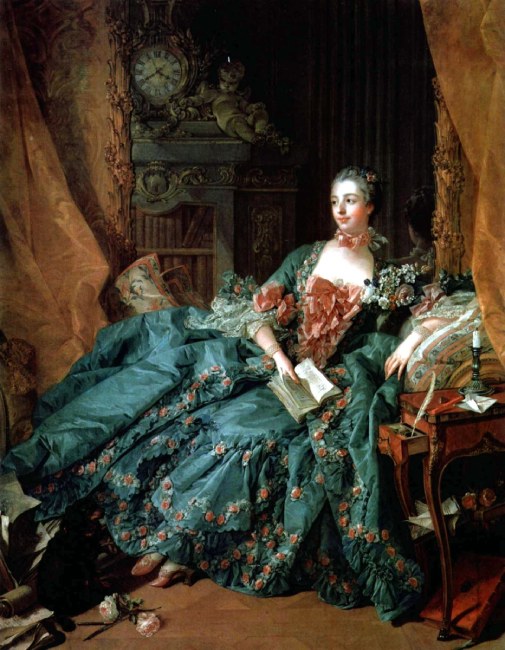
At that time, everywhere clothing styles were so valuable the less fabric they were covered. The silhouettes were more natural and voluminous, and the colors were lighter. Simplicity was essential for both sexes. The heaviness and dark colors of the previous period were abandoned, replaced by pastels and a free spirit.
Dressing tastes were influenced by entertainment, culture, theater and architecture. One of the most obvious places where freedom and the drive to enjoy life was reflected in fashion, a noticeable airiness and lack of solemnity rose. The politics and administration of the country were forgotten by the nobles and the king. Formal affairs were left to the middle class. This change of attitude was reflected in traditional men’s fashion as well; An elegant, cute and feminine transformation was observed in the transition from Baroque to Rococo. Continue reading to discover more about Rococo fashion.
Rococo Fashion
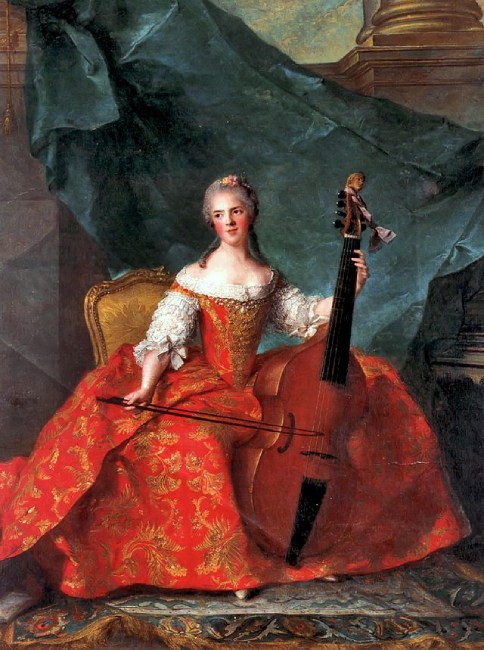
The fashion of the European countries and the American colonies of 1750-1775, in line with the Rococo artistic trends of the period, was reflected in the clothing designs as extraordinary enthusiasm, detailing and complexity. There was a clear difference between the French and British styles. The French style, as embodied in iconic figures such as Marie Antoinette, featured colorful and richly embellished attire of the extravagant palace.
After reaching their maximum size in the 1750s, hoop skirts began to shrink; sometimes the pulleys showed themselves on the sides. Hair styles were equally extravagant; long hair accessories were among the most defining accessories of the period. In the English style, cheap and durable fabrics were moved to plain practical clothing. While the French spent time indoors to showcase the glamor of their clothing and lifestyle, the British were more in touch with the outside world and nature.
Rococo fashion has risen on the fundamentals of extravagance, elegance, kindness and adornment. With the Enlightenment, which put mind before authority, the center of art, culture and fashion moved from Versailles to Paris. It was the time of Rococo, full of life, playful, elegant decoration and design style.
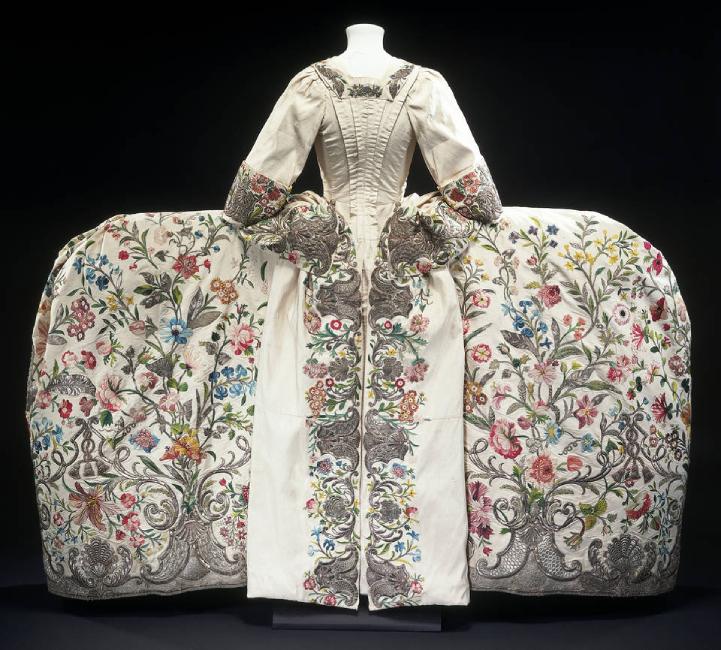
A typical Rococo fashion dress can often be depicted as a tight bodice with a deep neckline with a large ribbon in the middle, wide tartan and lavishly used large amounts of lace, ribbons, and flowers. The physically uncomfortable clothes because of the restriction of movements made sitting almost impossible, and the wearers had to stand upright all the time. They could not be washed because of the fabrics they were produced.
Wide tarlancers were preferred for special events and were additions up to 4.8 meters wide, while smaller pulleys were used in daily life. Although the first examples of this were seen in 17th century Spain to hide pregnancy bellies, it was redesigned over time. Keep reading for more information about Rococo fashion.
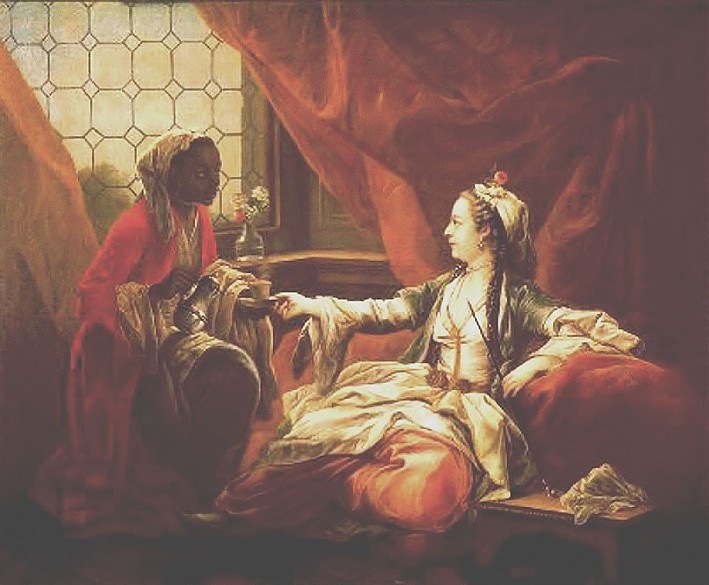
More exotic and oriental influences also appeared in the Golden Age of Rococo fashion; This culture was called ‘a la turque’ in French. The reason was that Madame Pompadour made the painter Charles Andre Van Loo portray himself as a Turkish sultan.
In the 1760s, Polish-inspired shorter skirts with underskirts and ankles found their way into the informal style.
Women were bleaching their hair with powder or flour. They dropped curls on the sides of their hair and wore flat hats with ribbons or a bouquet hanging over their heads. In the 1770s things got more extravagant; flashy wigs came into play. To raise the hair even more, support was made with horsehair or wool. To maintain this structured state and to ensure the permanence of the powder, they applied pomade containing lard, wax or a mixture of beef marrow and oil.
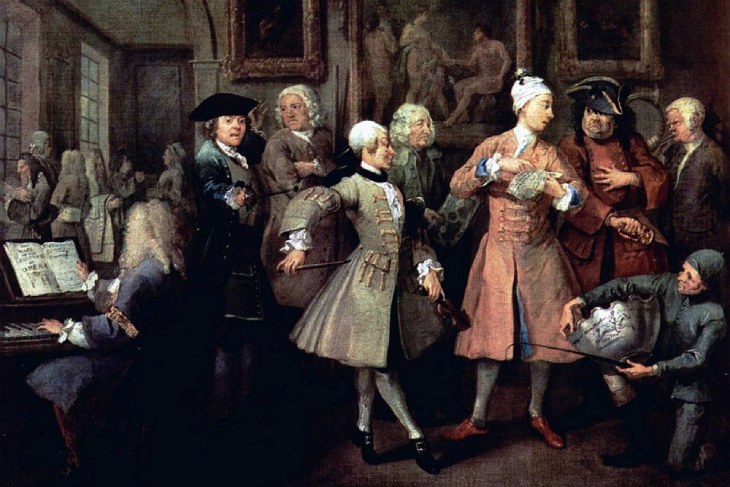
In the Rococo fashion era, men’s clothing was less satisfying. Tails stretched from behind the jackets, the ruffles of the shirts were pulled out. The stockings were lighter and they wore low black shoes with a silver buckle.
Until the French Revolution ..
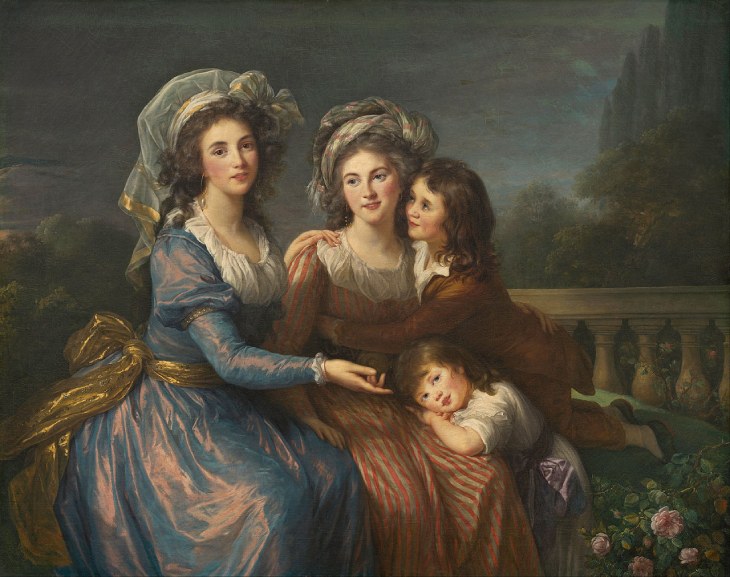
With the last quarter of the century, the exaggeration of the Rococo fashion style began to move away. It can be said that even an anti-fashion movement has started. Women now gravitated towards the simplicity of clothes similar to those worn by the British outdoors. Striped jackets and white skirts or Greek-style white long dresses, which are distinctively identified with the revolution, started to be preferred. The resulting S-form was accompanied by curly hair and large hats with ribbons. The shoes were pointed toes and heels; It was decorated with metal buckles, embroidery or ribbons.
Reflections of the 18th Century in Today’s Fashion
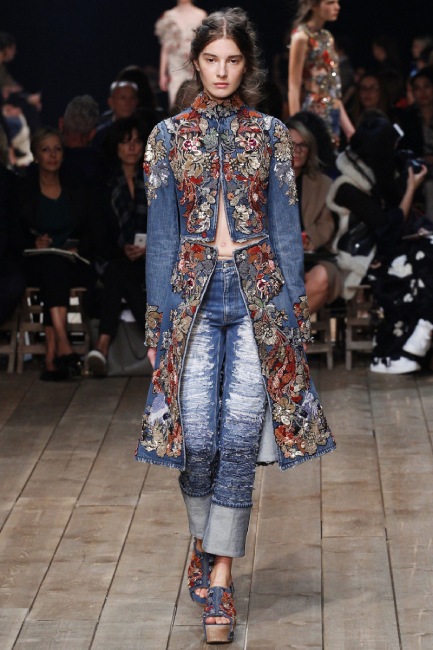
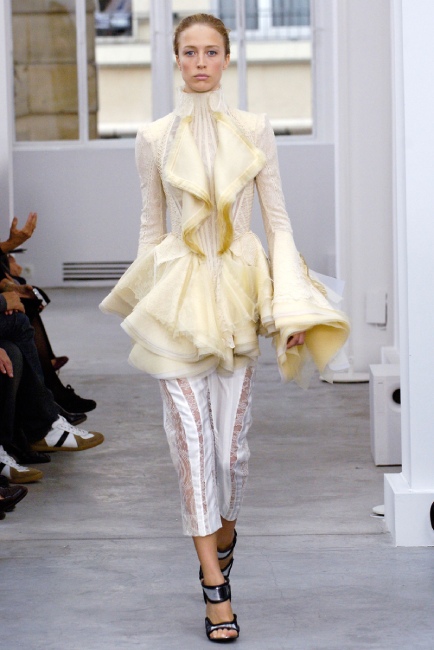
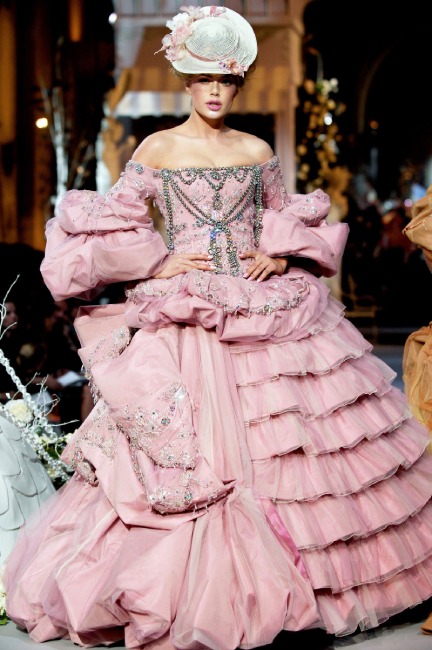
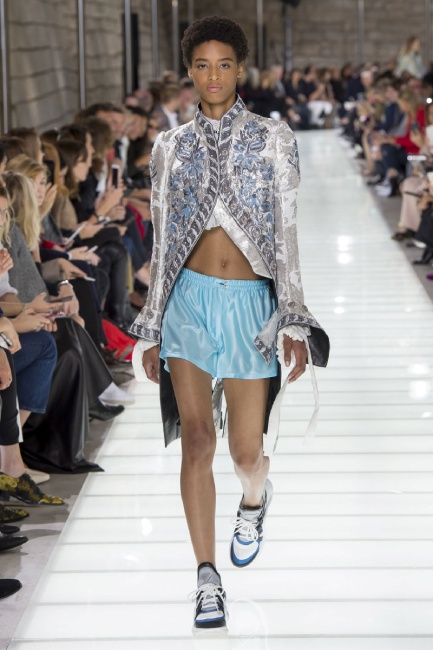
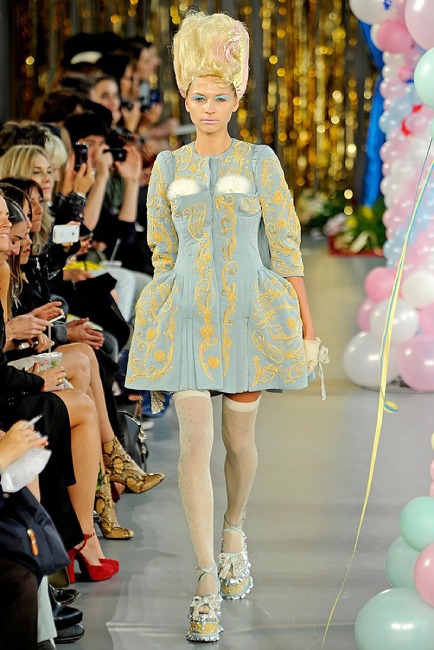
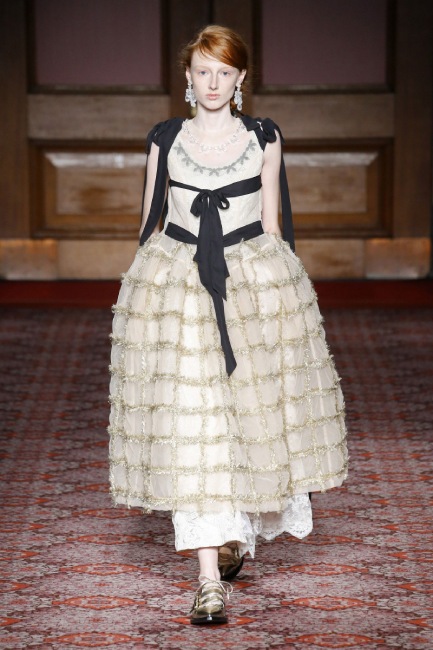
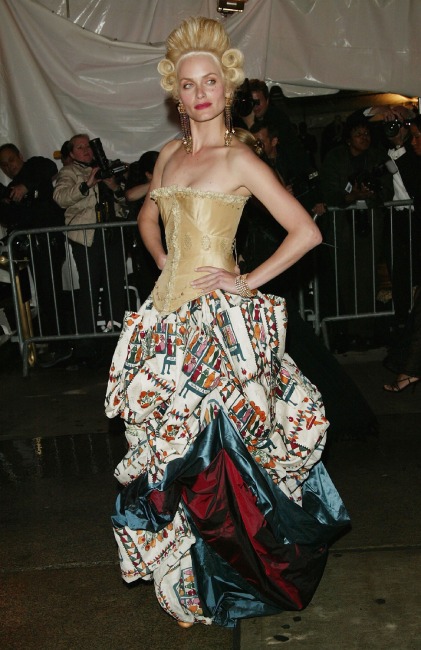
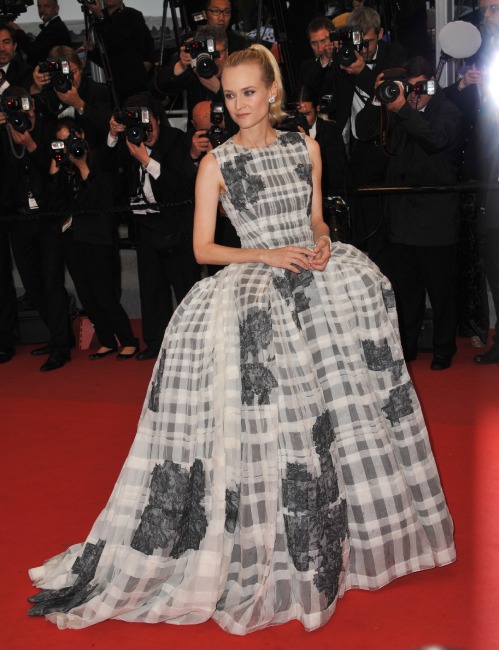
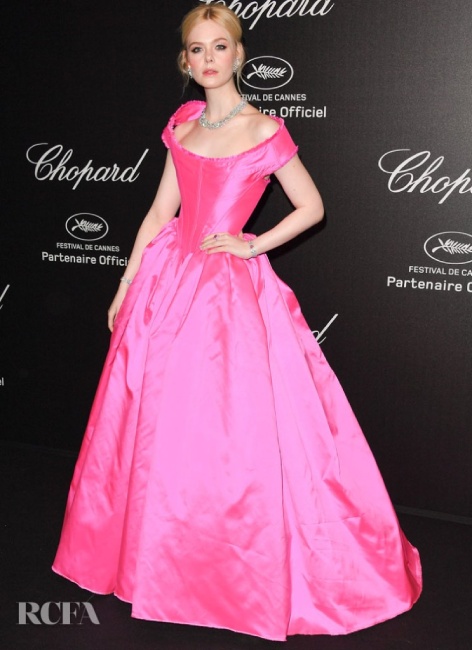
Other “Evolution of Fashion” articles
1990s Fashion w/Low Flying Attitudes
1980s Fashion w/Bigger Better
1970s Fashion, The Age of Polyester
1960s Fashion Influenced by Youth and Street
1950s Fashion with Stylish Options
1940s Fashion – From Coveralls to New Look
The Golden Age of Splendor 1930s Fashion
1920s Fashion w/Flapper and Jazz
Introduction to the 20th Century Fashion
19th Century Fashion and Changing Silhouettes
Renaissance Fashion and Rebirth
Medieval Fashion and Status Clothing
Authentic Clothing in the Ancient World
Related stores
Let’s share!

Leave a Reply